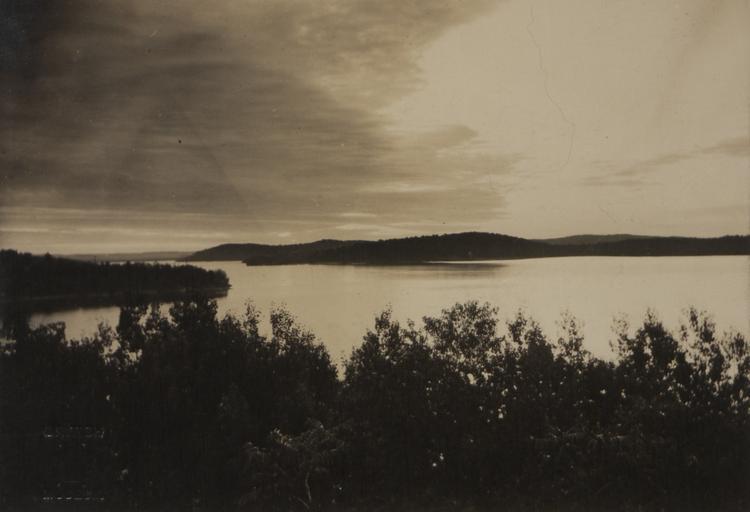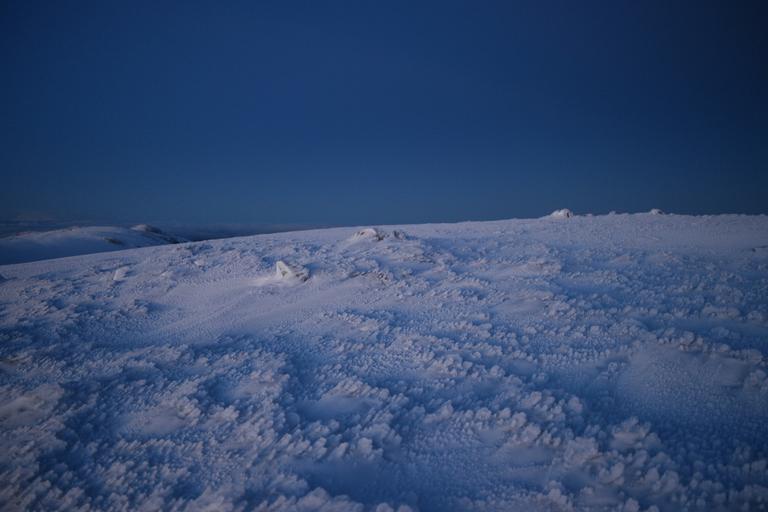Introduction
In the world of photography, capturing decay has emerged as a poignant and compelling genre that intertwines the beauty of nature with the remnants of human existence. This art form invites photographers to explore themes such as nature versus structure, human narratives, and the inevitable passage of time. Decay can evoke emotions ranging from nostalgia to sadness, as it tells a story of what once was, while simultaneously celebrating the beauty found within deterioration.

This article delves into various facets of capturing decay through photography, exploring techniques, themes, and the artistic expressions that emerge from this unique perspective. By examining concepts like aesthetic photography, narrative photography, and even personal journeys through self-portraiture, we will uncover how photographers can convey profound messages through images that showcase both ruin and bloom.
Capturing Decay: The Art of Nature and Ruin in Photography
The essence of capturing decay lies in its ability to reveal layers beneath the surface. When we look at a crumbling wall overtaken by moss or an abandoned building cloaked in ivy, we witness nature's slow but steady reclaiming process. Each photograph becomes a testament to time's relentless march forward—a snapshot that encapsulates stories untold.
Exploring Themes in Decay Photography
Nature Versus Structure
One of the most striking themes in decay photography is the juxtaposition between nature and man-made structures. This contrast emphasizes how nature gradually envelops human creations, illustrating a narrative filled with tension yet beauty. As vegetation creeps up brick walls or wildflowers bloom amidst old construction debris, photographers capture moments where life persists despite abandonment.
Withering Beauty: A Poetic Lens
The concept of "withering beauty" plays a crucial role in this genre. It evokes feelings of melancholy while simultaneously highlighting life's transience. Photographers often emphasize this theme through thoughtful composition—focusing on details that may appear neglected yet possess an intrinsic charm that draws viewers in.
Aesthetic Approaches: Black and White vs. Tarnished Color Photography
The choice between black-and-white photography and tarnished color photography can significantly impact how viewers interpret images within this genre.
Black and White Photography: Timelessness
Black-and-white photography evokes timelessness; it strips away distractions and allows viewers to focus on shapes, textures, and contrasts inherent in decaying subjects. This approach often lends an air of nostalgia—an invitation to reflect on past experiences associated with similar scenes.
Tarnished Color Photography: Evoking Emotion
Conversely, tarnished color photography embraces muted tones that celebrate imperfection. By applying techniques such as color grading or using filters, photographers can create a sense of unease or longing—a reminder that beauty exists even in degradation.
Self-Portrait Photography Amidst Ruins
Integrating self-portraiture into decay photography introduces another layer of narrative complexity.
Personal Growth Through Artistic Expression
When individuals position themselves within decayed environments—be it among overgrown ruins or moss-covered structures—they engage in a dialogue about their relationship with time, growth, and change. Such portraits become reflections not only on decay but also on personal evolution.

Shutter Speed Experiments: Capturing Motion in Stillness
Utilizing varying shutter speeds allows photographers to experiment with motion against static backgrounds—adding dynamism to otherwise still scenes.
Playing with Time: Creating Depth
High shutter speeds can freeze fleeting moments; however, slower speeds might blur elements within an image—implying motion amidst stillness. This interplay creates depth within photographs, enriching the viewer’s experience by inviting contemplation about what lies beyond mere observation.
Narrative Elements: Human Stories Intertwined with Nature
Photography transcends mere visual representation—it conveys stories waiting to be told.
Human Narratives Within Decay
Every ruined structure has witnessed countless lives lived around it; every cracked facade holds whispers from those who once thrived nearby. By documenting these intersections between humanity and decay through thoughtful framing—such as incorporating figures interacting with their surroundings—photographers breathe life into narratives steeped deep within forgotten places.
Contemplative Art: Reflecting on Life Themes Through Decay
The act of reflecting upon one’s existence is prevalent throughout artistic endeavors—and capturing decay provides fertile ground for contemplation.
Gravity & Growth Themes Explored
Photographs showcasing gravity’s pull combined with growth’s persistence evoke powerful emotions regarding aging structures versus flourishing life forms coexisting harmoniously despite opposition—a metaphor for https://postheaven.net/lithiliirt/ethereal-landscapes-a-guide-to-dreamlike-wall-decor resilience amid adversity!

Joyful Photography: Celebrating Life Amidst Ruins
Despite its somber connotations at times throughout history—decay doesn’t solely elicit sadness!
Blooming Life Amidst Destruction
Finding joy amidst seemingly bleak environments encourages viewers to appreciate beauty wherever it appears—even among crumbling edifices! Focusing on vibrant flowers peeking out between stones can serve as reminders that life continues thriving regardless of surroundings; thus offering hope through sheer perseverance!
FAQ Section
li1/ol1/li2li2/ol2li3# How do I begin exploring self-portraiture in decay settings?- Start by scouting local sites exhibiting signs of aging; experiment with angles where you blend into your environment while expressing emotions related to change or growth.
- Common themes include nature versus structure dynamics, human narratives intertwined amidst decayed landscapes—as well as contemplations surrounding mortality & resilience represented visually via creative compositions!
- Depending on your preferences & budget constraints consider investing either mirrorless DSLRs capable producing high-quality shots alongside tripods/stabilizers aiding steadiness during long exposures!
Conclusion
Photography serves as an incredible medium for exploring complex themes surrounding decline—from personal introspection through self-portraits juxtaposed against ruins depicting past glories lost—to celebrating vigor blooming amidst desolation itself! As we delve deeper into this captivating realm known as “capturing decay,” let us remember both its challenges & triumphs revealing profound layers hidden beneath surface appearances alone – ultimately enriching our understanding not just about artistry but ourselves too along journey undertaken together!
By embracing these narratives woven intricately throughout each click taken meticulously documenting fleeting moments forever etched into memory—we step closer towards finding meaning amid chaos—a true testament showcasing resilience residing deep-rooted within our shared human experience!